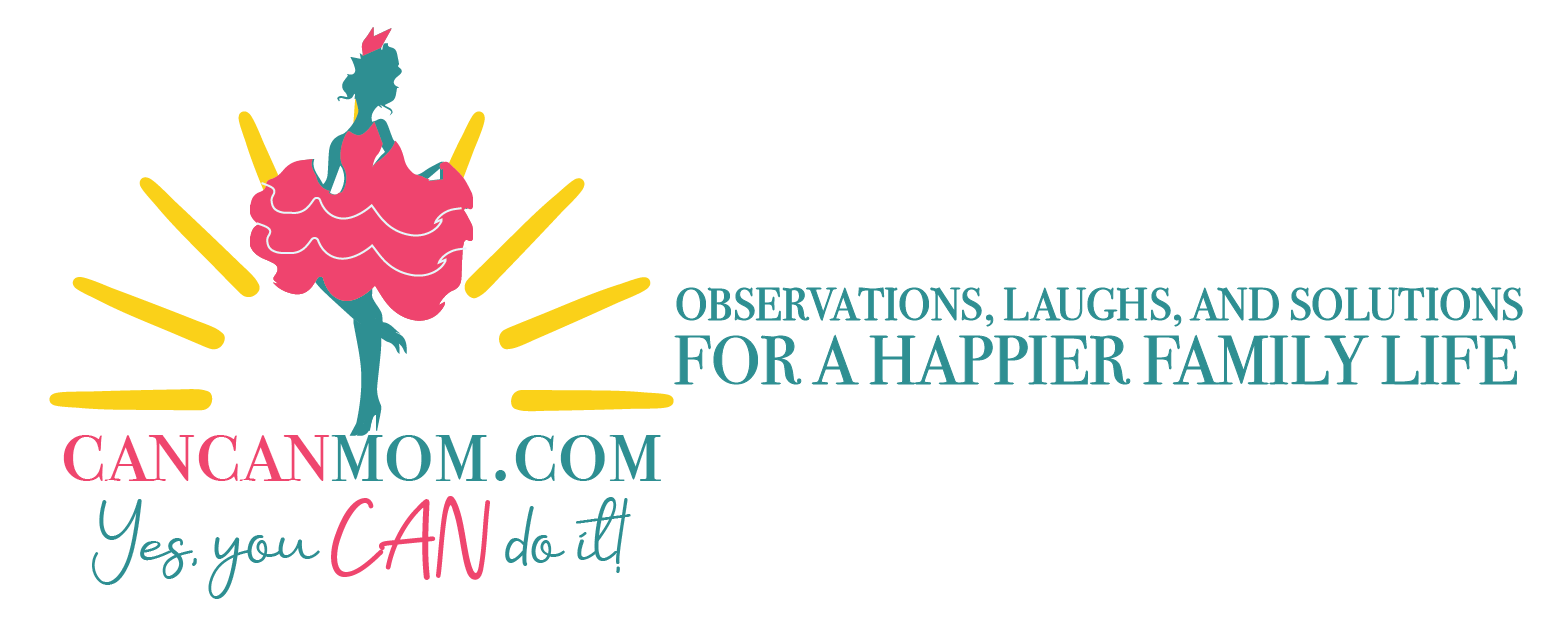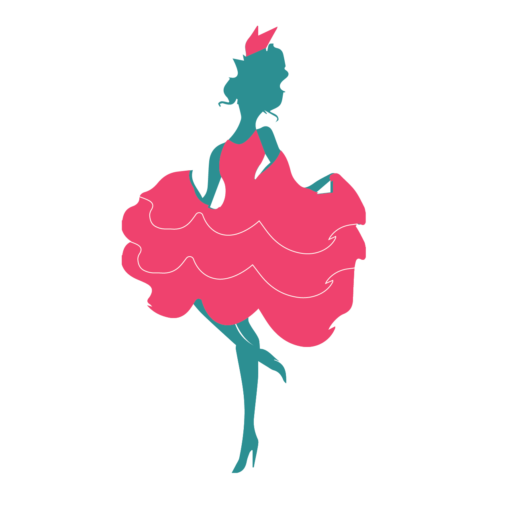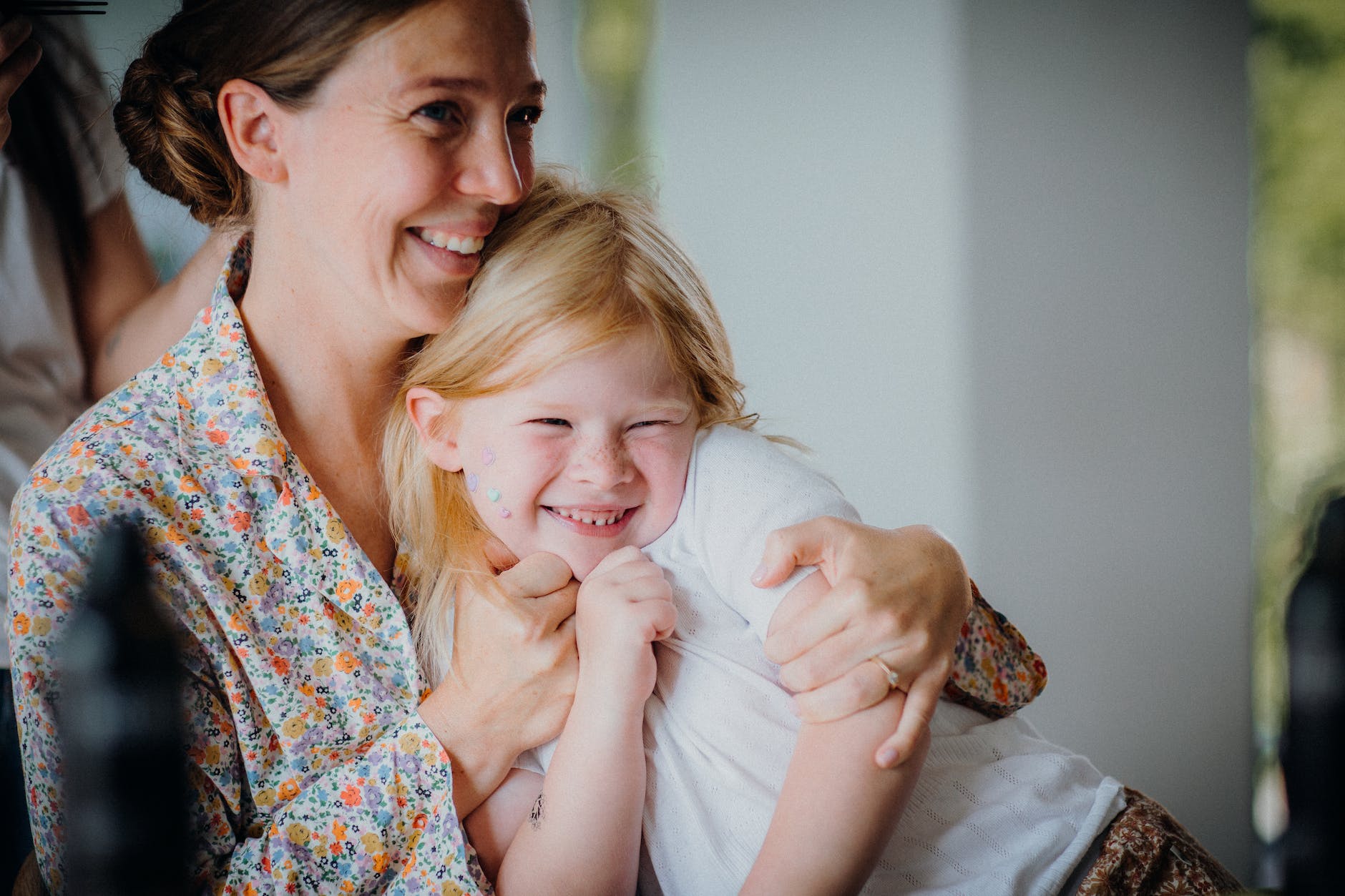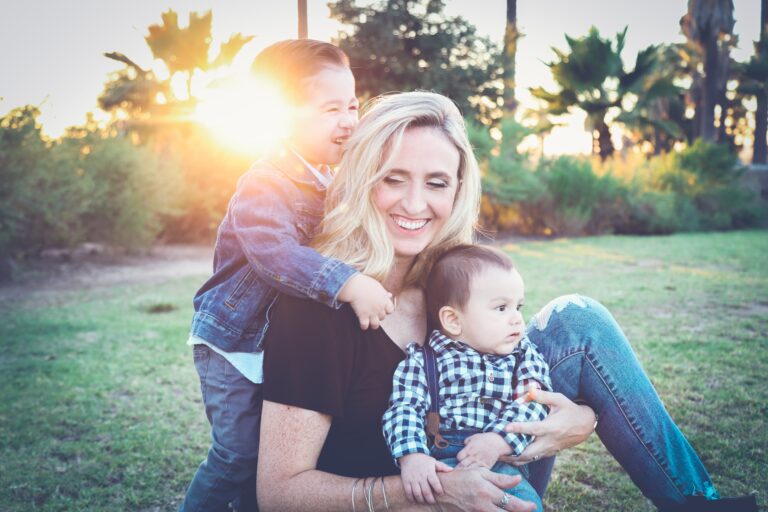How to Preserve Your Sanity While Effectively Treating Your Child’s Head Lice
Head lice outbreaks at schools are common. If it happens to your child, don’t panic. Thankfully, there is a simple solution—Vaseline!
The Bad News–Your Child Has Lice
If you’ve ever received an unexpected telephone call in the middle of the night, you remember that heart-stopping wave of nausea you experienced as you cautiously answered the phone.
Several years ago, I experienced one of those phone calls myself, but it came at noon, not midnight. Luckily, I wasn’t told a loved one had been in an accident, but it was still bad news. The school nurse was phoning to inform me that my child’s classroom had encountered a little problem—head lice—and my daughter was one of the lucky recipients.
Breathe, Cheryl, breathe, I told myself as I hung up the phone and drove to school to fetch my infested youngster.
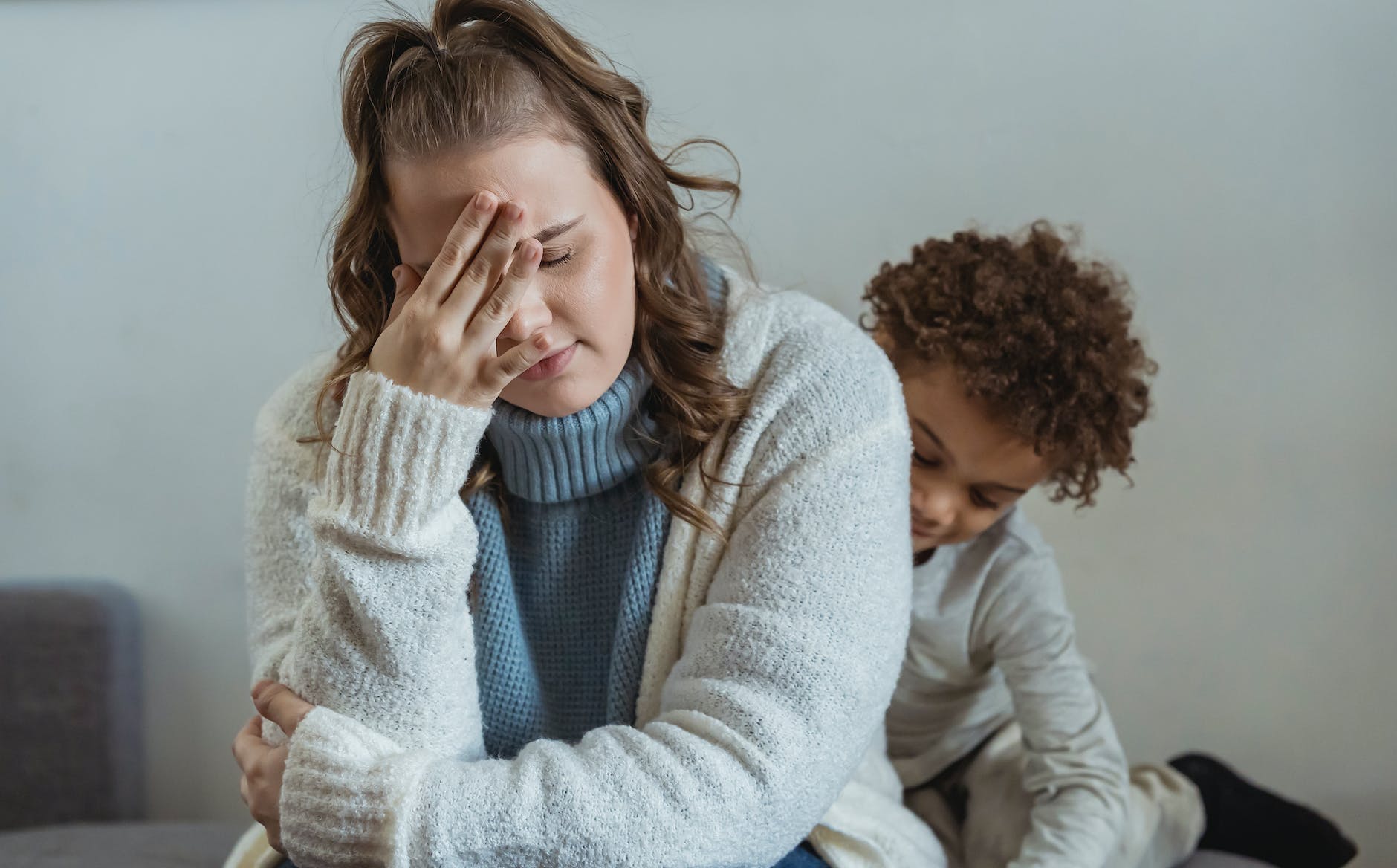
That drive to the nurse’s office was a complete blur. Not only was I in denial (this could never happen to one of my children—we bathe every day and use soap and hot water to boot!). But once I heard the word lice, I myself began itching from head to toe. “Dear God, do I have it, too?” I panicked!
The school nurse, who, I’m certain, is part angel, looked into my dazed eyes and said, “It’s okay, Mrs. Butler—lice doesn’t discriminate!”
Unfortunately, this wasn’t much comfort, especially when she put my daughter under a bright fluorescent light and swiftly moved her golden tresses around with a couple of popsicle sticks so I could see what we were dealing with. In less than a minute, I went from feeling mortified to completely horrified as I realized the extent of the problem. We weren’t talking about a few lice—we were talking about several colonies!
The Facts of Lice
Next came the informational talk, which will stay with me for the rest of my life. It started with the pamphlet that comes home in children’s backpacks during the first week of school—the one with the magnified drawing of a louse, the single, six-legged parasite that multiplies faster than rabbits which then, in turn, qualifies them to be called lice.
If you have kids in school, you’ve received one of these important handouts at one time or another. Sadly, I admit that I never actually read them. After a disgusted glance, I threw them away because I was positive nothing like this would ever happen to one of my kids. Well, now it was payback time.
The nurse went through the pest packet word for word, just in case I had any questions.
I had only one: How long would it take to eliminate them?
I was assured if I followed the Delousing Guidelines, we’d be in the clear within a few days.
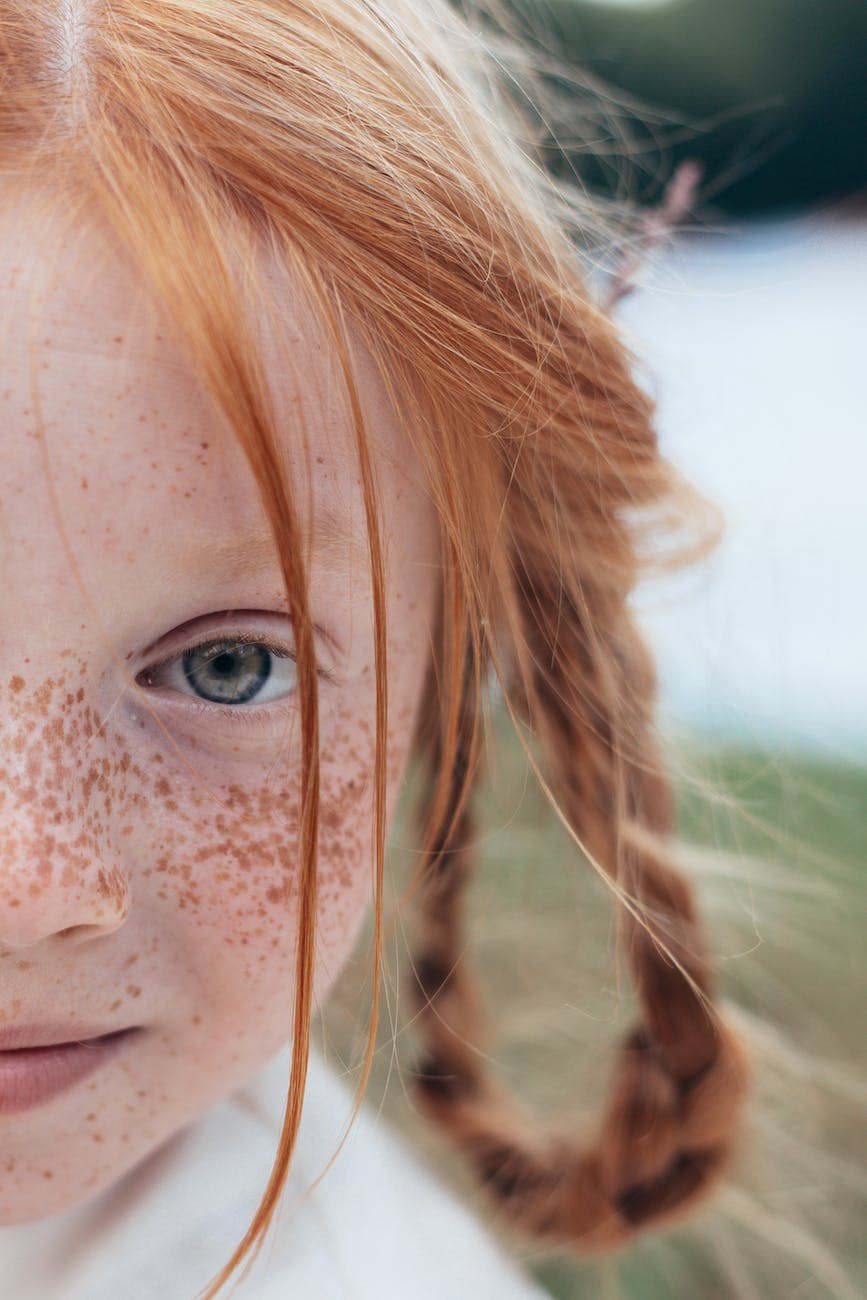
The Nitty Gritty
All my life, my middle name has been “naïve,” and this time proved no different. A few days of dealing with head lice turned into nearly six weeks!
Although this was many years ago, I can still recall the entire saga like it was yesterday, so allow me to give you a quick overview of how these bloodsucking creatures operate; perhaps you can learn from my mistakes.
It all starts with a nit—the teeny, tiny, yellowish-white, oval-shaped egg laid by the head louse. (Now you know where the term nitwit comes from!) These eggs are difficult to see and have a glue-like substance that allows them to hang to the hair shaft for dear life—hurricane-force winds couldn’t blow one away! Once laid it takes 7-10 days for these suckers to hatch and another 7-10 days for the female to mature and begin laying more eggs. Ah, nature!
Lice, my friends, are the size of sesame seeds and are clear in color until they start feeding on your child’s precious blood, at which time they take on a brownish-red hue.
Did I mention they have claws to grasp the strands of hair? They are crawling insects—they don’t hop, jump or fly. Bear with me now because here is where it gets interesting. Head lice can survive approximately thirty days on a host (your sweet child), and a female louse can lay up to one hundred nits. (The cycle of life!)
The good news (if that is what you can call it) is that they cannot live on pets—they only feed on human blood and will usually not survive for more than twenty-four hours once they are removed from their host’s generous head of hair.
How about all that itching, you ask?

With lice bites come itching and scratching—make that LOTS of scratching! However, the itching may not always start immediately, depending on your child’s skin sensitivity to the lice. It can sometimes take weeks for kids with lice to start scratching, and by then, your child has her own Motel attached to the neck, as was the case with my daughter’s hair.
The Losing Battle
The minute I left the school parking lot, I made my first many trips to the drugstore to discreetly purchase over-the-counter lice removal kits. I literally put all my eggs (sorry, not funny) in one basket, thinking that if I followed the directions precisely, we could rid my daughter of these horrendous creatures within a few days.
After the first treatment, which took me six grueling hours to complete, I knew we were in trouble.
The sink was crawling with so many of them (after the toxic treatment we had just completed) that I grabbed a pair of scissors and reduced the length of her hair by nearly ten inches! We both spent the first two days crying!
My wrists ached from using the special nit-remover comb for hours every day. Removing the lice itself is not enough. The secret, I was told, was proper nit removal. It’s those unborn nits that are the real culprits.
She missed nearly two weeks of school (part of the reason school infestations last so long is that kids return back too quickly). A week after she returned to class, those nits were back in full force, and I was headed for a nervous breakdown.
Miraculously, none of my other children caught this highly contagious nightmare. Though I scratched for over a month, it was only a sympathetic reaction to what my daughter was going through.
I can’t tell you how many loads of bedding, pillows, and other household items I dutifully washed in piping-hot water. I placed plastic coverings, the sofas, and even her mattress in the car.
Lice removal became nearly a full-time job. I now felt qualified to seek employment as an exterminator. (Sigh! I think!)
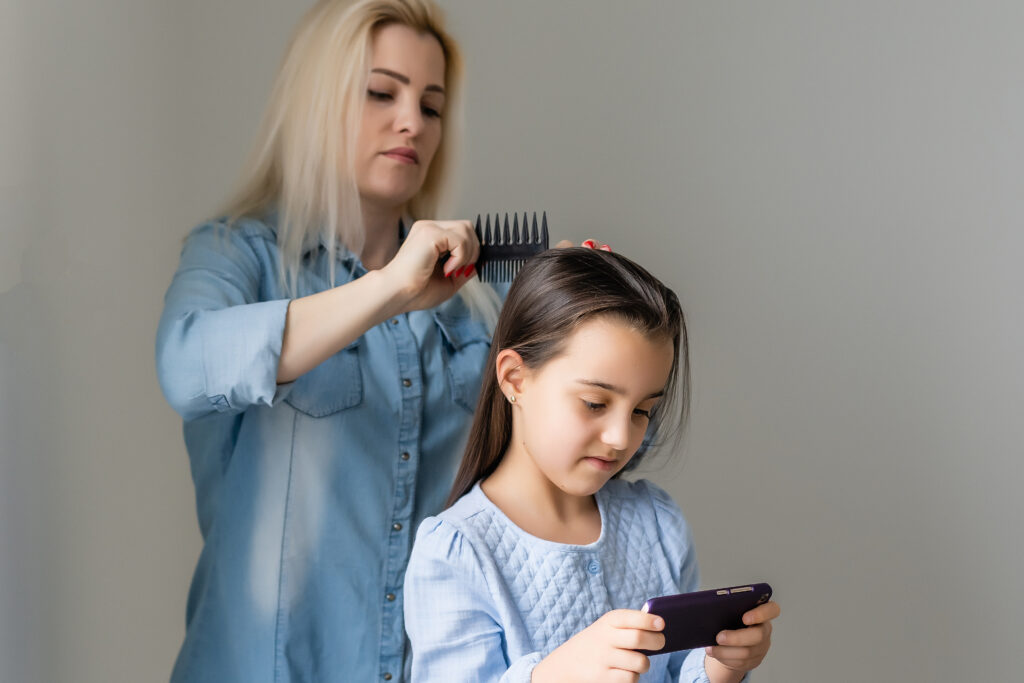
The Simple Smother Solution
My breaking point finally came nearly six weeks into our saga as I nit-picked for the zillionth time, only to find a few more eggs and legs. Hysterical, I finally called our pediatrician. (Not calling was my first mistake. I should’ve put my pride aside and done this immediately!)
Vaseline was the magic word.
I was told to smother my daughter’s hair and scalp with Vaseline. Then place a shower cap on her head and leave it on for at least eight hours, which would suffocate the lice. (After everything we’ve been through–I’m in!)
I was desperate enough to try anything at this point. At least this was not a harsh chemical treatment. Believe it or not, lice are becoming resistant to many over-the-counter remedies. (Yikes!)
The next morning, I had to wash her hair with Dawn dishwashing soap a dozen times to remove all the Vaseline, but we were finally lice-free!
Can Can Quick Step
My pediatrician also warned me to avoid conditioner for a few weeks. Imagine this—lice actually prefer clean, shiny hair!
Hopefully, “Hair” We Don’t Go Again
It’s now Little League Season—and we’ve just had our first notice come home about a possible lice outbreak due to kids sharing batting helmets.
Because of that “lice-changing” experience (sorry, I can’t help myself) we lived through several years ago, I feel better equipped to eliminate them if God forbid we are ever plagued again.
Although head lice are not a topic I care to discuss freely at cocktail parties, if I can help preserve the sanity of even one family, my work “hair” is done!
Has your family battled it out with a case (or two!) of head lice? What strategies worked for you? Leave your comments in the section below.
